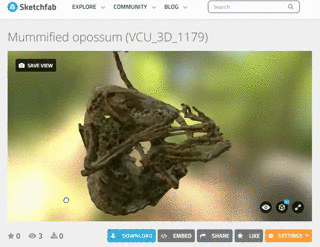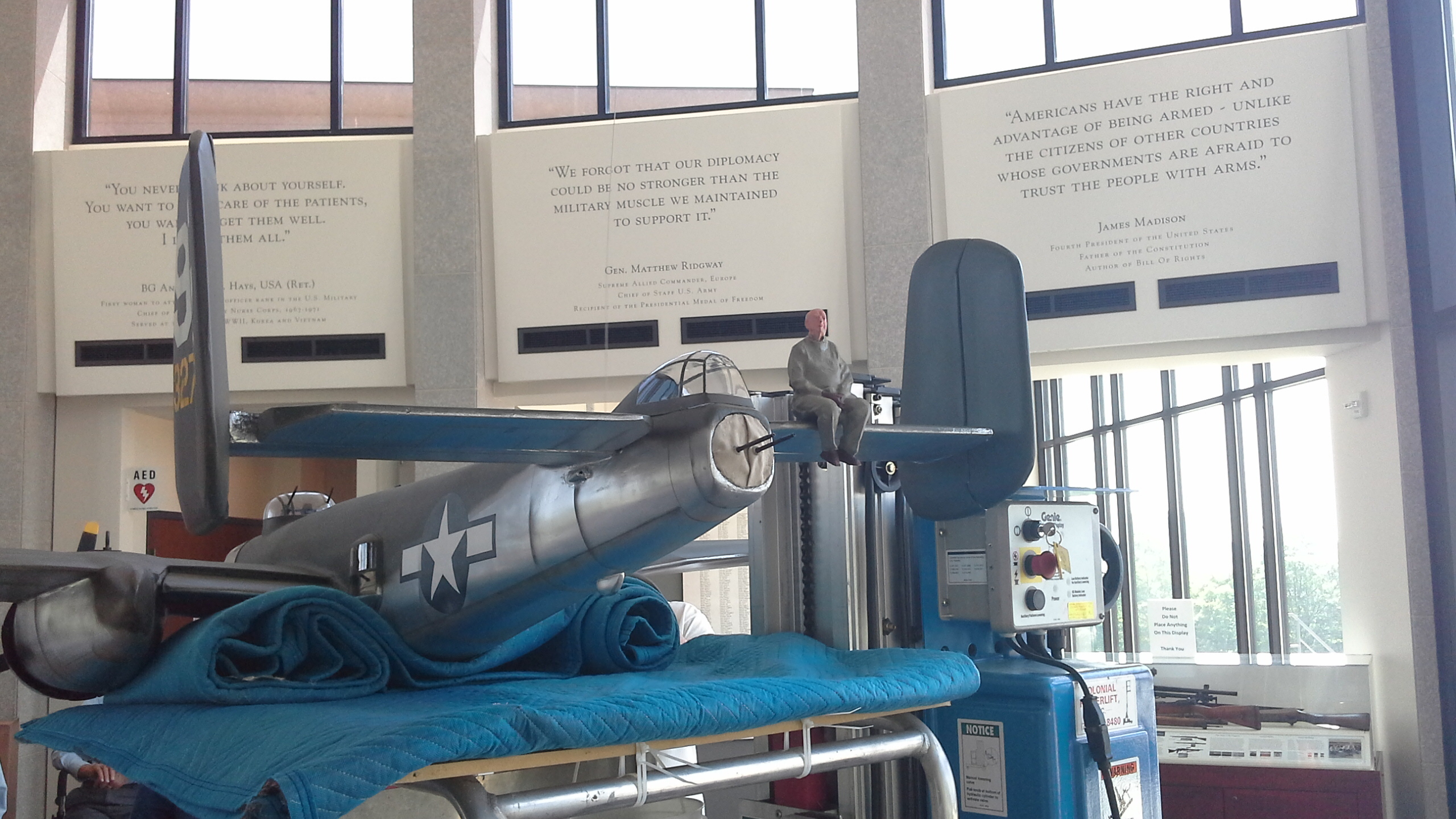Today we take the fact we can walk into a museum and see remnants of days gone by in a museum, but there’s no guarantee these relics will be with us forever. Even if they are then they’re in limited supply and they can’t be everywhere at once. With virtual curation, that changes.
With the aid of 3D scanners, we can have an entire virtual library of the world’s greatest artifacts. All it takes it the collective will of institutions around the world and some all-important funding.
A vast project is born
In 2011, with a grant from the Department of Defense’s Legacy Program, of all places, the Virtual Curation Laboratory was born at Virginia Commonwealth University and a virtually endless task began. The project received the not so snappy title: ‘Virtual Artifact Curation: Three-Dimensional Digital Data Collection for Artifact Analysis and Interpretation.’
Anthropology students were called upon to make use of the NextEngine Desktop 3D scanner and the whole show started with Department of Defense artifacts. Those items ranged from the sublime to the ridiculous and included the ancient remnants of US civilisation right through to raccoon bones.
Undergraduate student researchers have worked since then to create avatars of unique artifacts from historical sites in Pennsylvania and Virginia. Museums, archaeological repositories, cultural heritage locations and even private individuals have combined for the greater good and donated time, artifacts and resources.
Virtual artifact curation goes global
The State Museum of Pennsylvania, Alexandria Archaeology Museum and the Archaeological Society of Virginia also provided a selection of samples from outside America. This sowed the first seeds of an international effort.
It has also opened up the backrooms of collections and energized students and the local historians. There are no space restrictions in the virtual world and that means that every artifact can be catalogued. That means, in time, every story can be told.
The virtual element has even proven an attraction in itself, as students who don’t study history have become enthralled with the high-tech aspect of the virtual collections. Designers can take inspiration and easily search the collections and others are simply browsing for fun. There’s a common goal of bringing history to life and virtual collections have even formed the basis for the students’ theses and presentations at conferences.
Scanning the artifacts is one thing, but as 3D printers get more advanced and we can now create solid impressions in plastic, ceramic and even metal.
At the Virtual Curation Library they are generally created from plastic in the MakerBot Replicator and are known as artifictions and ecofictions.
These plastic replicas form a central part of the institutions outreach programme. That takes in schools, the general public and those that can contribute to the cause. The power of holding some of the most important historical artifacts in the world, albeit in virtual form, has a profound impact.
This project was always going to be bigger than VCL. It had to be. So when Dr Michael Schott from the University of Akron got in touch, it was a landmark moment.
Tool time
Shott concentrated on scanning chipped stone tools and found the 3D scanner allowed him to make measurements that simply weren’t possible in a reasonable time scale with traditional methods.
Others have come forward, largely thanks to the blog that the Virtual Curation Museum has run to document its efforts.
The beauty of the project is that each contributor has their own specialist interest, from ancient stone tools through to an Engineering Technology Specialist at Mercer University in Savannah, Georgia. Jeremy Barker wanted to chart the heritage of engineering, with a series of scans of old equipment, which has added a new dimension and direction.
In Texas, pottery specialists have contributed their scans of Caddo vessels and, slowly, a library is starting to form. It will take lifetimes and the constant input of more and more universities, schools and historical societies. But, with enough support, the potential is there to build a virtual library that traces our entire history and gives the whole world access to the biggest museum we have ever seen.
A home museum
When every house has a 3D printer, you won’t even need to go to a public museum to hold a great work of art, or a great machine in your hands. You’ll be able to produce a scale model from the world’s biggest archive.
It’s a magical prospect that promises to bring the world we used to live in to life and a library like this could breathe new life into history.
This might just be the start of something magical. Weeks after weeks I’ll invite you to discover this magical world thought my words. Stay tuned it’s going to be a roller-coaster.




